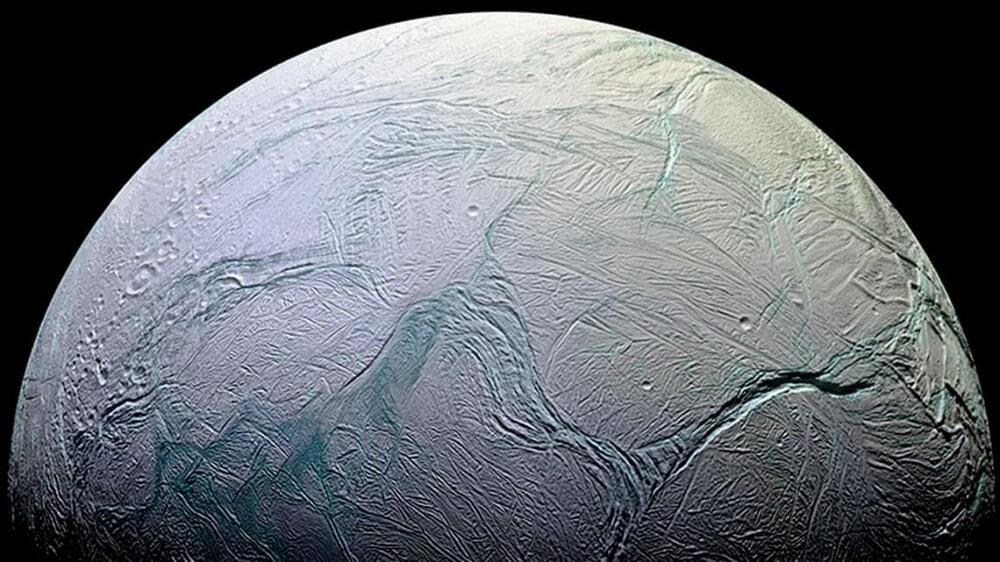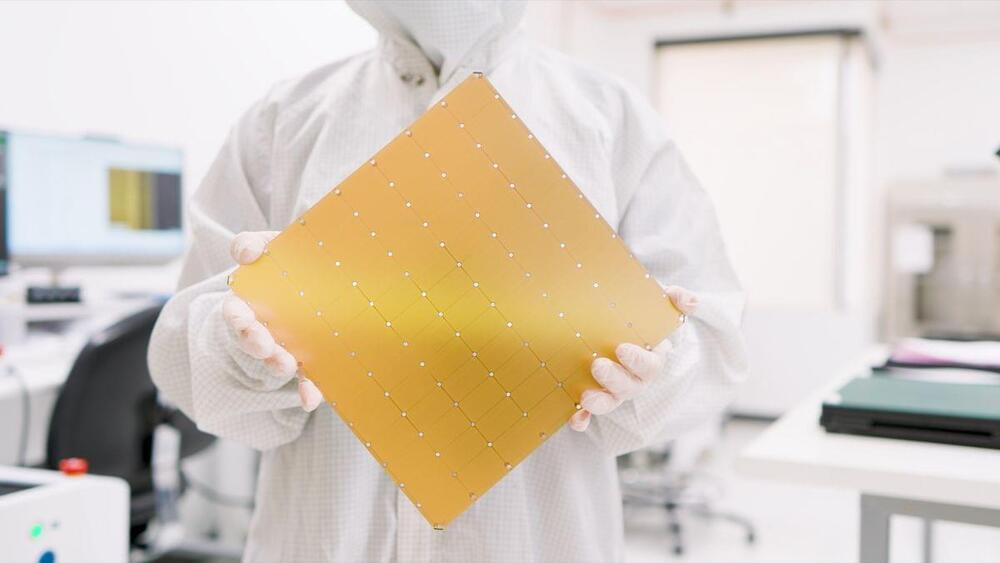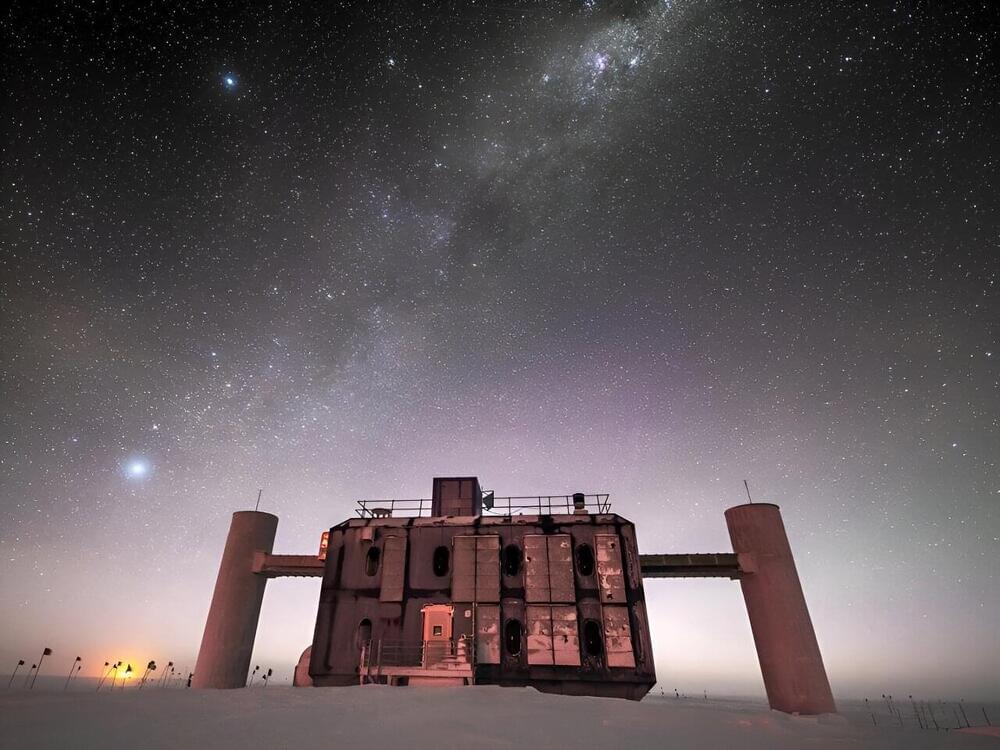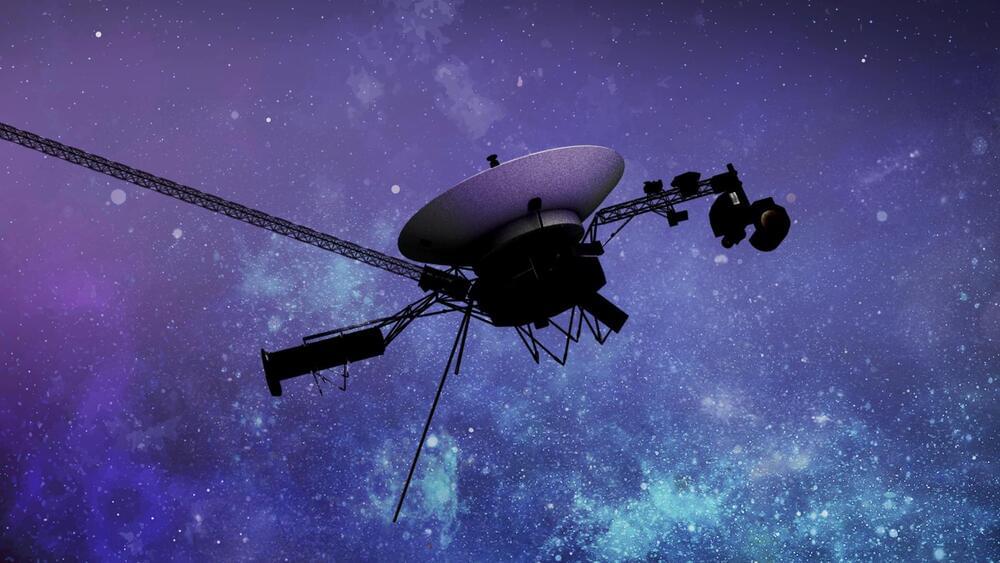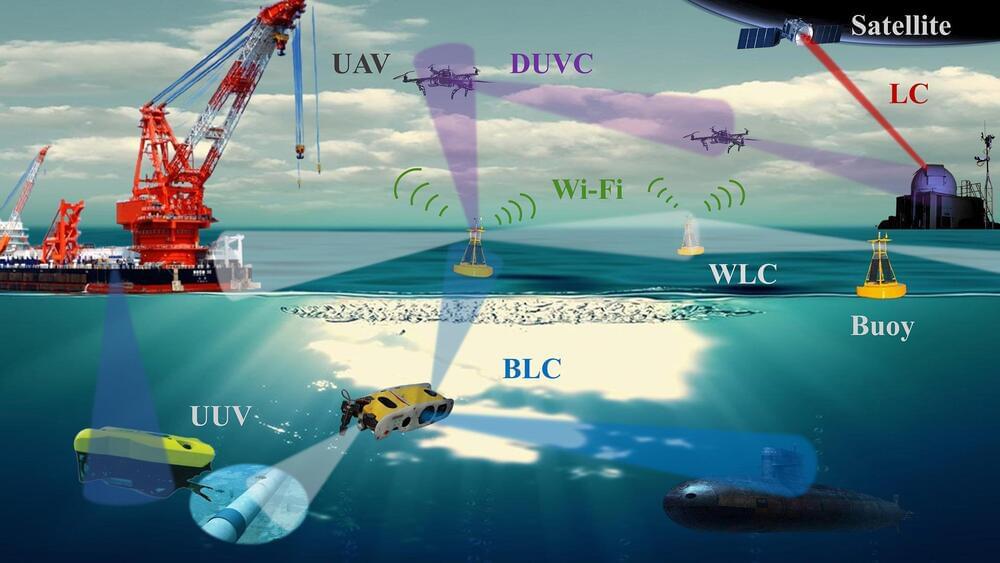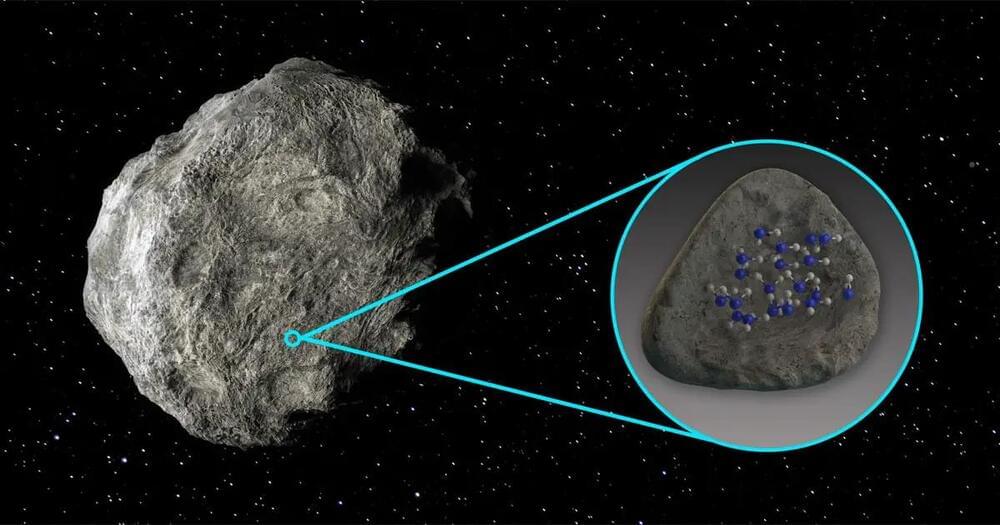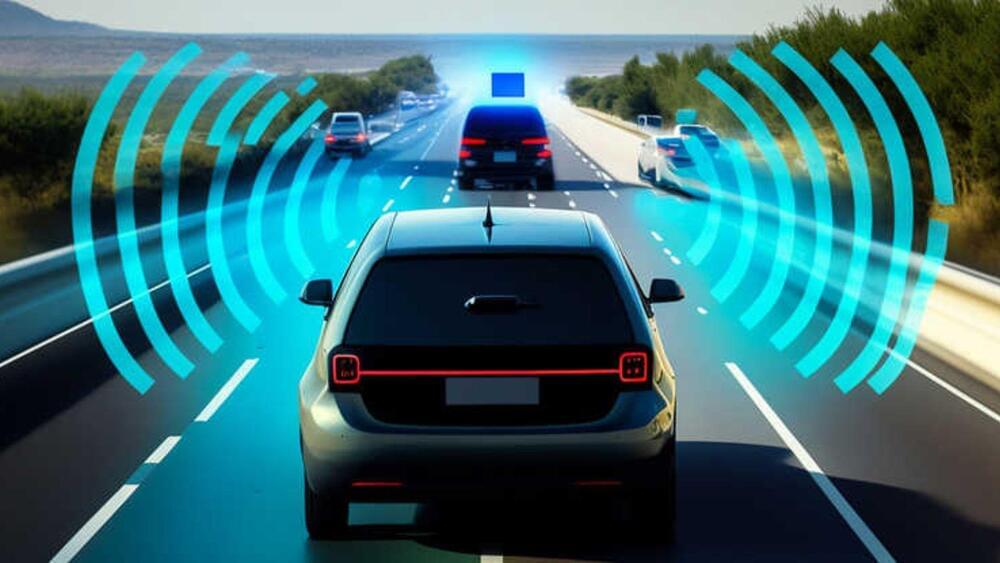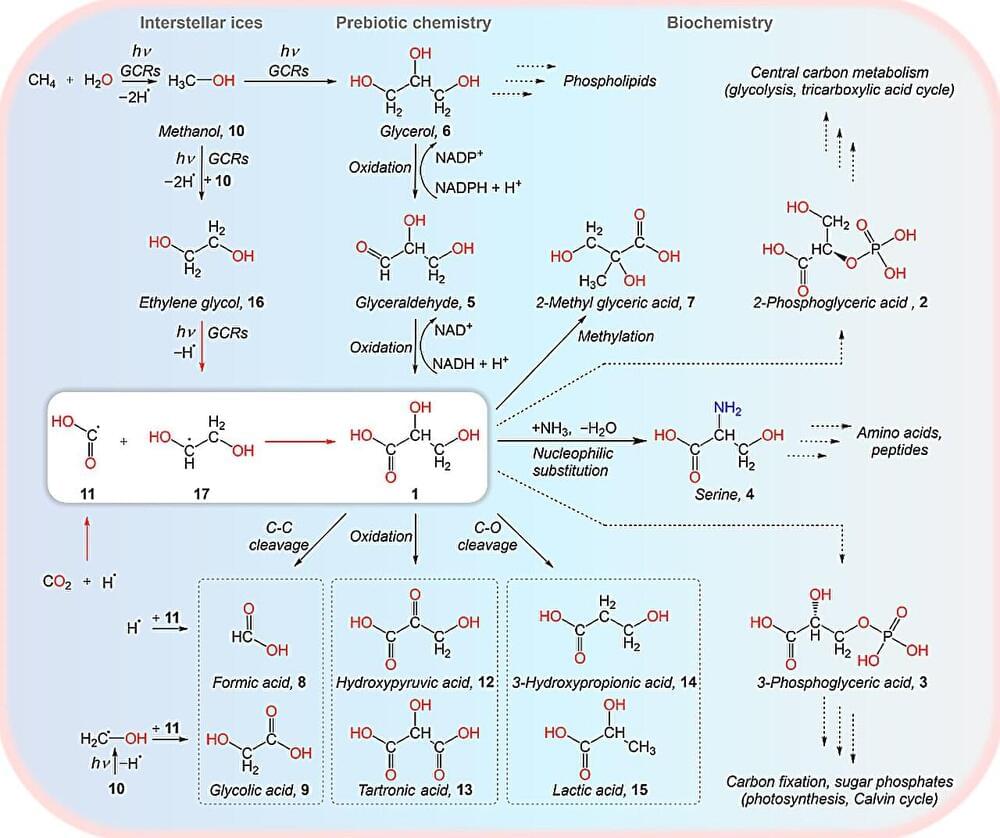Mar 15, 2024
SPARCI: Advancing Lunar Science with Ground-Penetrating Radar
Posted by Laurence Tognetti, Labroots Inc. in categories: evolution, science, space
How deep is the lunar regolith and megaregolith, the latter of which consists of the cracked lunar crust layers resulting from billions of years of impact craters? This is what the Synthetic Pulse Artemis Radar for Crustal Imaging (SPARCI, pronounced “sparky”) instrument hopes to address as the Southwest Research Institute (SwRI) was recently awarded a 3-year, $2,041,000 grant from NASA’s Development and Advancement of Lunar Instrumentation (DALI) program as part of advancing lunar exploration technologies.
Image of the Synthetic Pulse Artemis Radar for Crustal Imaging (SPARCI, pronounced “sparky”). (Credit: Southwest Research Institute/Bryan Pyke)
“Learning more about the lunar megaregolith will help us gain a wider understanding of the Moon’s formation and that of similar bodies with thin, sparse atmospheres,” said Dr. David Stillman, who is a geophysicist at SwRI and SPARCI’s principal investigator. “If we are able to pinpoint exactly where this layer begins, we can use that to create more accurate formation and evolution models.”

